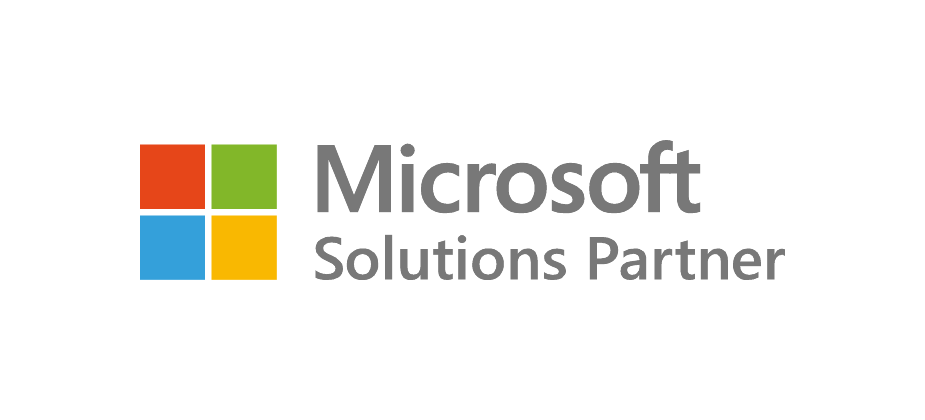Team Empowerment in 2020
2020 has been an interesting year in Australia to say the least. External threats have affected virtually all businesses with bushfires and Coronavirus has disrupted operations significantly. Some organisations have managed to continue to trade through the crises and found that an inability to work from traditional offices for sustained periods of time has generally been an untested scenario for business continuity or crisis management plans.
So how can teams work productively when office sites are unavailable? What lessons can be learned, and what changes can be made to improve the resilience of organisations working under unusual conditions?
The 2020 events have been particularly damaging due to their impact on multiple factors of businesses. Financial stress, supply chain disruption, customer demand and team member communication have all been affected. It has been interesting to note, that the impact of these issues have been felt very differently for different organisations.
Those who have regularly had some team members working from home, and those who have invested significantly in digital transformation projects have generally fared better than those with very traditional operations. Not only do these issues affect the impact of a crisis, but they also affect the speed of recovery.
Teams need to work together
Over the last hundred years, more and more work has been completed by teams rather than individuals. As tasks have grown more complex, deadlines have shortened and we are all being asked to do more with less, it is more often the case that responsibility for performance rests with a team.
What do teams need to perform well?
Communication is essential, but it’s a little more than just mobile phones and email. Chat-based workspaces have enabled shared communication on a platform that provides a place for communication to take place. It means that a discussion about a project sits with the project, rather than between individuals who may come and go during a project lifecycle.
Consider a project that has been running for 3 years and you have just joined. How do you get up to speed on recent project discussions? Do you need to participate in lengthy on-boarding meetings, ask for copies of recent emails, and hope that people tell you what you don’t yet know you need to know? Or do you look back through the last period of discussions on the project discussion thread to see what’s important?
Access to corporate information is critical, but this goes a little more than just remote access to company servers. Remote desktop connections and VPNs were all the rage many years ago, but they never really ensured that all information was stored electronically. So much data still resided in the heads of individuals who lacked a place to store notes and ideas, or information was stored on paper, inaccessible when outside the office.
Becoming a truly paperless office is an absolutely achievable and incredibly challenging concept for most organisations. It’s a change in mindset, just as much as a technology project. And even if all information is stored electronically, are the tools available to find what you’re looking for?
Remember back in the old days, when we used to be very careful about exactly where a particular document was stored? We also had rules about how documents should be named, and took great care with backing up documents so that lots of different copies were available.
How things have changed. Searching rather than filing, has taken over as the easier way to find information. Storing documents together with conversations, plans, activities, events, notes and applications makes everything we need available from one place as opposed to following a set of rules for storing data. Automatic version control, co-editing and document metadata with enterprise search have replaced the way we work with documents.
And mobile computing has had an equally important impact. However, it’s important to note that we are talking about mobility of experience, not mobility of device. Everyone has a smartphone or tablet, but this doesn’t automatically mean that information is accessible, current and searchable.
Management Structures are also in Motion
The very hierarchical organisational charts of the 80’s and 90’s have been replaced at least in part, by cross-functional teams that come together for projects and then dissolve when no longer needed. Styles of management have typically moved away from the very autocratic structures of the past, to giving more responsibility to teams and supervisors.
This can be seen in corporate policies too. An emphasis on values and having the right culture, has evolved from long and technical policies and procedures governing very task team members could be expected to complete.
Lessons in 2020
So, what have we learnt? Here is a list of things that may be considered to improve team performance:
- Get the systems right – invest in technology
- Give team members the tools they need – webcams, headsets, tablets and notebooks with internet connectivity are now standard operating equipment for most
- Review processes and eliminate non-value-adding steps, automate where possible and ensure consistent delivery of services to customers
- Make good decisions quickly – improve your decision-making capability by investing in systems to improve your organisational agility while reducing bias and considering the impact of decisions on all stakeholders
- Leverage AI and RPA – use emerging technologies to streamline processes and automate intelligent actions
- Become a data-driven organisation – apply the information locked up in organisational silos to create better business insights
But most of all, trust the team and reward for performance, not attendance.



